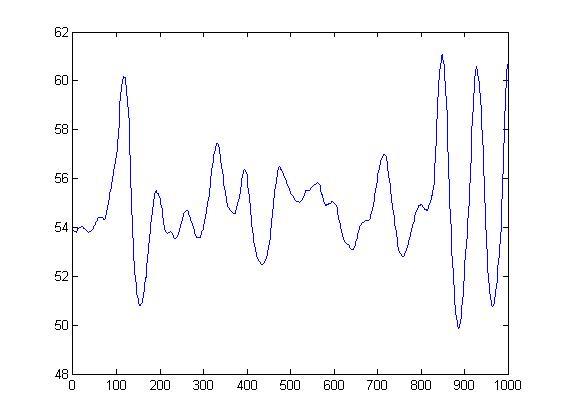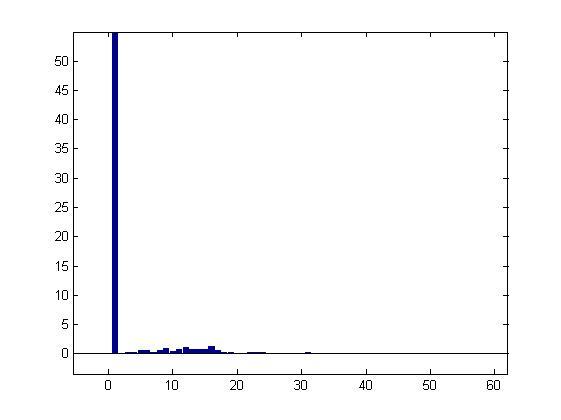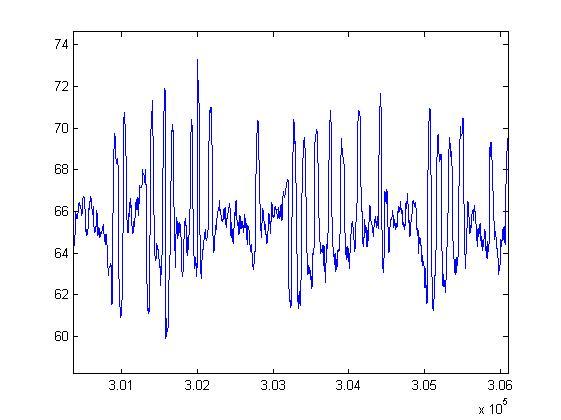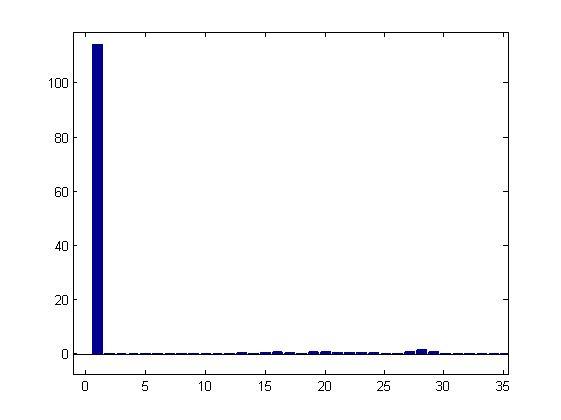Luis Freire
Industrial
- Apr 12, 2017
- 10
Hello,
I want to implement the fast fourier transformation on an aperiodic signal, which you can see in the next picture:

The first question came here, can I use the FFT in an aperiodic singnal?
Once I execute the matlab code I obtain the output of the transformation, which you cant see in the next picture:

As you can see, the first value (DC offset) is correct and it corresponds with the offset of the signal, but the remaining values of the amplitude of the FFT does not corresponf with the real values of the amplitude of the signal, and the FFT notmalization is done. Why this colud be possible?
Thank you!
I want to implement the fast fourier transformation on an aperiodic signal, which you can see in the next picture:

The first question came here, can I use the FFT in an aperiodic singnal?
Once I execute the matlab code I obtain the output of the transformation, which you cant see in the next picture:

As you can see, the first value (DC offset) is correct and it corresponds with the offset of the signal, but the remaining values of the amplitude of the FFT does not corresponf with the real values of the amplitude of the signal, and the FFT notmalization is done. Why this colud be possible?
Thank you!




